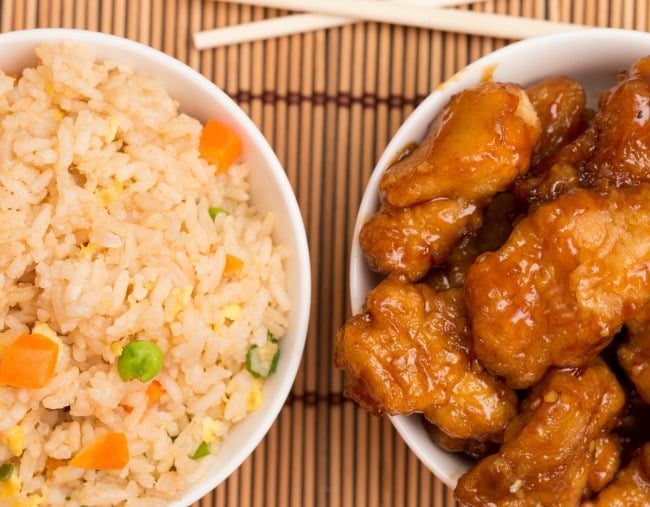
It’s the question most of us have found ourselves asking, especially after eating out at a Chinese restaurant: What is MSG?
Used as a flavour enhancer, MSG is believed by many to cause headaches, sweating, chest pain or palpitations, facial pressure or tightness, nausea, weakness, mood changes or even worsen asthma symptoms. These perceived effects are often referred to as ‘Chinese Restaurant Syndrome’, because MSG is widely understood to be present in Asian meals.
But is MSG really responsible for these feelings of discomfort? And is it bad for you? Here’s everything you need to know.
What is MSG?
MSG stands for monosodium glutamate, derived from the amino acid glutamate, one of the most plentiful naturally occurring amino acids.
The flavour enhancer is used in savoury Asian dishes, and although it contains sodium, it has less than a third of what exists in salt.
The ingredient offers a unami taste (savoury), although it is regarded as unpleasant until combined with other foods.
Just FYI, don’t use a microwave when reheating these five foods. Post continues…
Originally developed in Japan by biochemist Kikunae Ikeda in 1908, MSG is now produced by fermenting starch, sugarcane, molasses and sugar beets. MSG is found naturally in a number of foods including tomato, cheese, and dried mushroom.
What is MSG in?
The most well-known use of MSG is in Chinese restaurants, specifically in meat, savoury dishes. But MSG is absolutely not limited to Asian foods.
